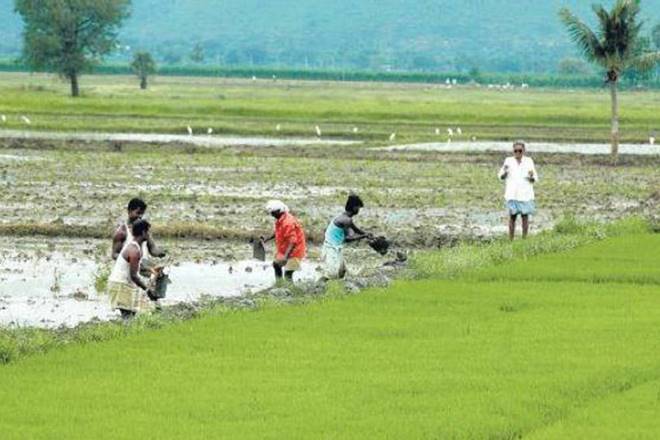Natabar Khuntia
The results of Gujarat Assembly election in 2017 post demonetisation and introduction of GST and intensive propaganda of the Congress and allies against demonetisation and GST in urban areas surprised everybody. Everybody was expecting the incumbent BJP government in Gujarat to get fewer seats in urban areas compared with the seats it won in 2012 elections and in rural areas it would improve its tally because of production and productivity of agricultural were substantially increased during BJP rule.
But fact is, the BJP got more seats in urban areas and few seats in rural Gujarat. The reason was that though production and productivity were increased farmers were not getting remunerative price, particularly for groundnut. This was the first signal of farmers’ discontent against BJP-led governments in Gujarat and the Centre. Farmer discontentment was confirmed in Rajasthan, Madhya Pradesh and Chhattisgarh in recently concluded Assembly elections. The incumbent BJP governments in these three states were defeated mainly from farmers’ distress in getting remunerative price for their produce, though growth of agricultural production was at the top — particularly in Madhya Pradesh and Chhattisgarh. Since farmers were not getting a remunerative price, they were not in a position to repay loan availed for agricultural production. The Congress promised loan waiver and succeeded.
Now encouraged by the results of these three states, the Congress is aggressively demanding farm loan waiver, increase of minimum support price of foodgrains, payment of bonus on MSP by the state governments and the more recent demand is to implement universal income guarantee scheme for the poor, Rythu Bandhu of Telangana and KALIA of Odisha and recent announcement of Rajasthan government to pay unemployment allowance have perturbed the NDA Government led by Narendra Modi to get back to power post the coming election. The budget was the last chance to appease farmers and the middle class to vote for them in the 2019 election and return to power.
The Pradhan Mantri Kisan Samman Nidhi (PM-KSN) scheme for annual income support for farmers will pay by direct benefit transfer Rs6,000 a year to small and marginal farmers in three equal installments of Rs 2,000 each beginning December 1. About 12 crore farmer families are to be covered by PM-KSN, for which the total outlay is Rs 75,000 crore. Rahul Gandhi’s proposal for universal income guarantee to the poor will be neutralised. Interest subvention was being given for production loans but not for allied activities loans such as dairy and fisheries.
Now 2 per cent interest subvention would be given. Besides, another interest of 4 per cent will be given for timely repayment. To encourage milk production and to create employment in the rural sector, Rashtriya Gokul Mission Yojana has been introduced with budget allocation of Rs 750 crore. To accelerate employment in rural areas, allocation under Mahatma Gandhi National Rural Employment Guarantee Act (MGNREGA) has been raised to from Rs 48,000 crore to Rs 60,000 crore.
To appease the middle class, the income tax slab has been raised from the existing Rs 2.5 lakh to Rs 5 lakh. It is a huge benefit to middle class earners. The tax tax rebate will benefit salary earners, small traders, small businessmen and small self employed will be benefited. Three crore employees will be benefited as gratuity limit has been raised to Rs 30 lakh from Rs 10 lakh.
The mega pension scheme, Pradhan Mantri Shram Yogi Maandhan, to provide assured monthly pension of Rs. 3,000 per month with contribution of Rs 100 per month for workers in the unorganised sector over 60 years of age. This will benefit 10 crore workers. Gas connections under Ujjwala Yojana will be given to 8 crore women.
The schemes will directly benefit 35 crore voters. And if every family has three voters, 105 crore voters will be benefited. Also, many of them may want to vote the party back into power.
In sum, through the interim budget, the Modi Government has tried to mobilise votes in its favour, perhaps without paying adequate attention to fiscal consolidation. The gaps will be revealed in the full budget when it will presented by the next government. After the 2019 general elections, let us wait and see.
The writer is an agro-banker and columnist. e-Mail: natabarkhuntia1@gmail.com
